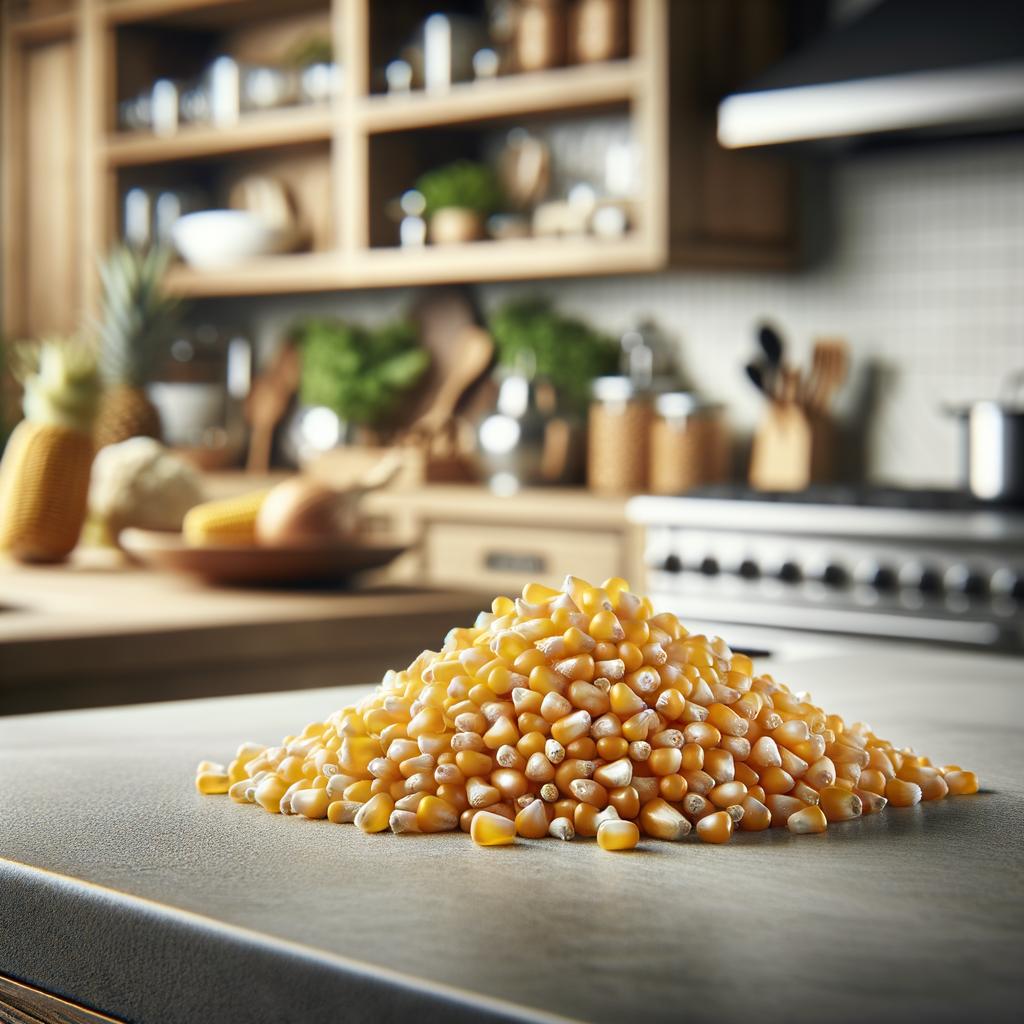Dried Corn

Description
Dried corn, also known as maize, is a beloved food ingredient that has been a staple in diets across the globe for centuries. This versatile grain presents itself in a myriad of colors, from sunny yellow to deep crimson, each kernel a tiny jewel in its own right. The kernels are firm to the touch, their texture hard and dry, yet when cooked, they transform into soft, chewy nuggets bursting with a sweet, earthy flavor. The unique characteristic of dried corn that sets it apart from other grains is its ability to pop under heat, creating the much-loved snack of popcorn.
Primary Uses
Dried corn is a culinary chameleon, finding its place in a wide variety of dishes across different cuisines. Ground into meal, it's the star ingredient in Mexican tortillas and Italian polenta. Whole kernels are used in hearty soups and stews, while the popped version is a popular snack worldwide. Beyond its culinary uses, dried corn also holds significant cultural value, especially among Native American tribes who view it as one of the "Three Sisters" (corn, beans, and squash) that are central to their agriculture and cuisine.
History
The history of dried corn is as rich and varied as the grain itself. Originating in Mexico over 9,000 years ago, this humble grain was cultivated by the ancient Mayans and Aztecs, who revered it as a gift from the gods. Spanish explorers brought corn back to Europe in the 15th century, and from there, it spread across the globe. In the American colonies, corn was a lifesaver during harsh winters when other crops failed. The folklore surrounding corn is abundant, from tales of corn husk dolls made by Native American children to stories of popcorn being used in ceremonial headdresses and necklaces.
Nutritional Information
Dried corn is a nutritional powerhouse. It's rich in fiber, helping to support a healthy digestive system. It's also a good source of essential minerals like magnesium, phosphorus, and zinc, as well as several B vitamins. The yellow variety is high in antioxidants, particularly lutein and zeaxanthin, which promote eye health. Compared to other grains, corn has a higher sugar content, giving it a naturally sweet flavor. However, it's also higher in protein than many grains. While corn is a healthy food, it's important to consume it as part of a balanced diet, as it can be high in calories when consumed in large quantities.

